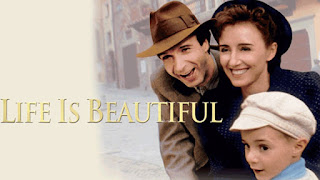The Golden Door & The Godfather

Written by: Lesly Almonte Norman The Golden Door Emanuele Crialese’s film, The Golden Door (2006) orbits around a Sicilian’s family departure from Italy to the United States with the mentality that they are heading into a land where the vegetables are massive, the rivers are filled with milk, and money rains from the skies. This film visually portrays the claims of “The American Dream” which I found incredibly interesting and quite comical especially since my parents are immigrants themselves. The father telling his two sons, “We have to arrive in America looking like princes” stood out to me because Dominicans have this same mentality when they’re going back to the Dominican Republic to visit because they have to make people believe they are doing well in the United States. This just furthers that belief that the United States is this land in which you are walking down the street and pulling money off of trees—it is a fantasy that people in other countries have conjured in their...


